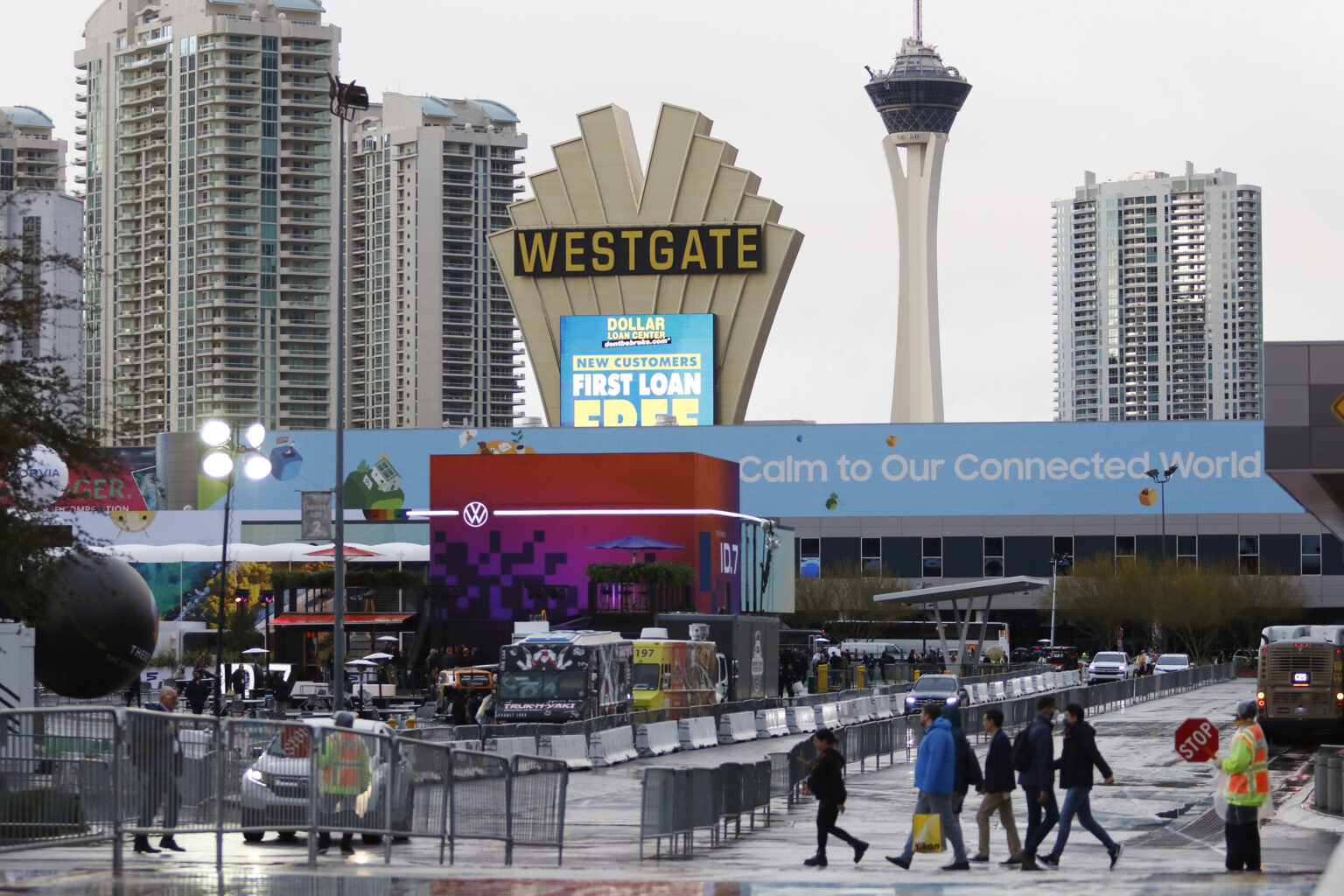6:20
News Story
NV wages among nation’s lowest, rate of wage growth among nation’s slowest
And unemployment remains nation’s highest
Not only are average hourly wages low in Nevada compared to other states, they are increasing at the nearly the slowest rate in the nation.
That was one takeaway from a presentation given by Nevada Department of Employment, Training and Rehabilitation Chief Economist David Schmidt to the state’s Economic Forum on Tuesday. Nevada’s average hourly wage, as of October, was $29.34 — ranking 44th out of the 51 states and the District of Columbia.
Moreover, Nevada’s average wage growth was 1.3% — ranking 49th of 51 .
Wage growth nationally has been more than double or triple that. Bureau of Labor Statistics data presented by Schmidt showed 16 states with an average wage growth rate above 5% in October.
That slow wage growth may be related to Nevada’s relatively high unemployment rate, which may be keeping wage pressure off, said Schmidt. Nevada currently has the highest unemployment rate in the country and is one of only two states with an unemployment rate above 5%. The District of Columbia and California, which have the second and third highest unemployment rate, respectively, are also both in the bottom 10 states for wage growth.
Schmidt presented an optimistic outlook of the state’s unemployment rate, suggesting that while it’s high relative to other states where unemployment rates are incredibly low, it shouldn’t be considered high in absolute terms.
“Five percent (unemployment) once upon a time would have been considered pretty much full employment,” he added.
Schmidt said that most unemployed people in Nevada are not without a job because they lost their job (such as after layoffs or a business closure) but instead because they are between jobs or were previously outside of the labor market and are now entering it. That latter category would include people who have relocated to the state, recent college graduates, stay-at-home parents whose kids have reached school age, or retirees deciding to work part time.
Having people in those situations enter or reenter the labor market after prolonged time outside of it is “a good reason” for the unemployment rate to be high, argued Schmidt.
“What we’re seeing is people, to a large degree, coming into the labor market, looking for work and finding work,” he said. “We’ve seen increases in our short-term unemployment rate but not our long-term unemployment rate. We’ve seen increases in people unemployed for reasons other than job loss. We’re pretty flat for people who are unemployed because of job loss.”
Nevada has the highest short-term unemployment rate in the nation but the fifth highest long-term unemployment rate, according to Schmidt.
Nevada’s employment growth has been strong at 3.4% — behind only Idaho. For comparison: A third of all states have rates above 2%. Only Nevada and Idaho are above 3%.
Schmidt said most of the state’s largest employment sectors have exceeded their pre-pandemic levels, meaning they have recovered and then expanded. That includes the broad professional and business services sector, which makes up 15% of total employment and averages $1,491 per week, and the food services and drinking places sector, which makes up 10% of jobs and averages $550 per week.
The notable exception is accommodation, which represents 11% of Nevada’s total employment and pays an average of $953 per week. That sector sits at 88% recovered.
“My expectation here is that is what we will continue to see” in the accommodation sector, said Schmidt. “There won’t be a large rapid recovery of the 20,000 or so jobs that we still remain down from where we were prior to the pandemic.”
But that outlook represents a trend predating the pandemic. Casino-hotel employment growth peaked in the Las Vegas metro area around 2006, he added. In Reno, it peaked in 1997.
“While it is one of the very unique things about our state, it has not been a source of growth for the last couple of decades,” said Schmidt.
Meanwhile, industries being targeted to help diversify Nevada’s economy are seeing gains. Manufacturing is 117.8% recovered from the pandemic, though overall it is still a much smaller percentage of the total workforce at 4.6%. Nevada led the nation in employment growth of durable goods, a subsector of manufacturing.
Schmidt’s presentation was one of several given Tuesday to the Economic Forum — an appointed five-member board of finance and tax professionals. On even-numbered years, the forum is tasked with setting the biennial revenue forecast, which the Nevada State Legislature uses to set the budget. The forum meets during odd-numbered years to review and compare the state’s actual revenue with the approved forecast.
Our stories may be republished online or in print under Creative Commons license CC BY-NC-ND 4.0. We ask that you edit only for style or to shorten, provide proper attribution and link to our website. AP and Getty images may not be republished. Please see our republishing guidelines for use of any other photos and graphics.




